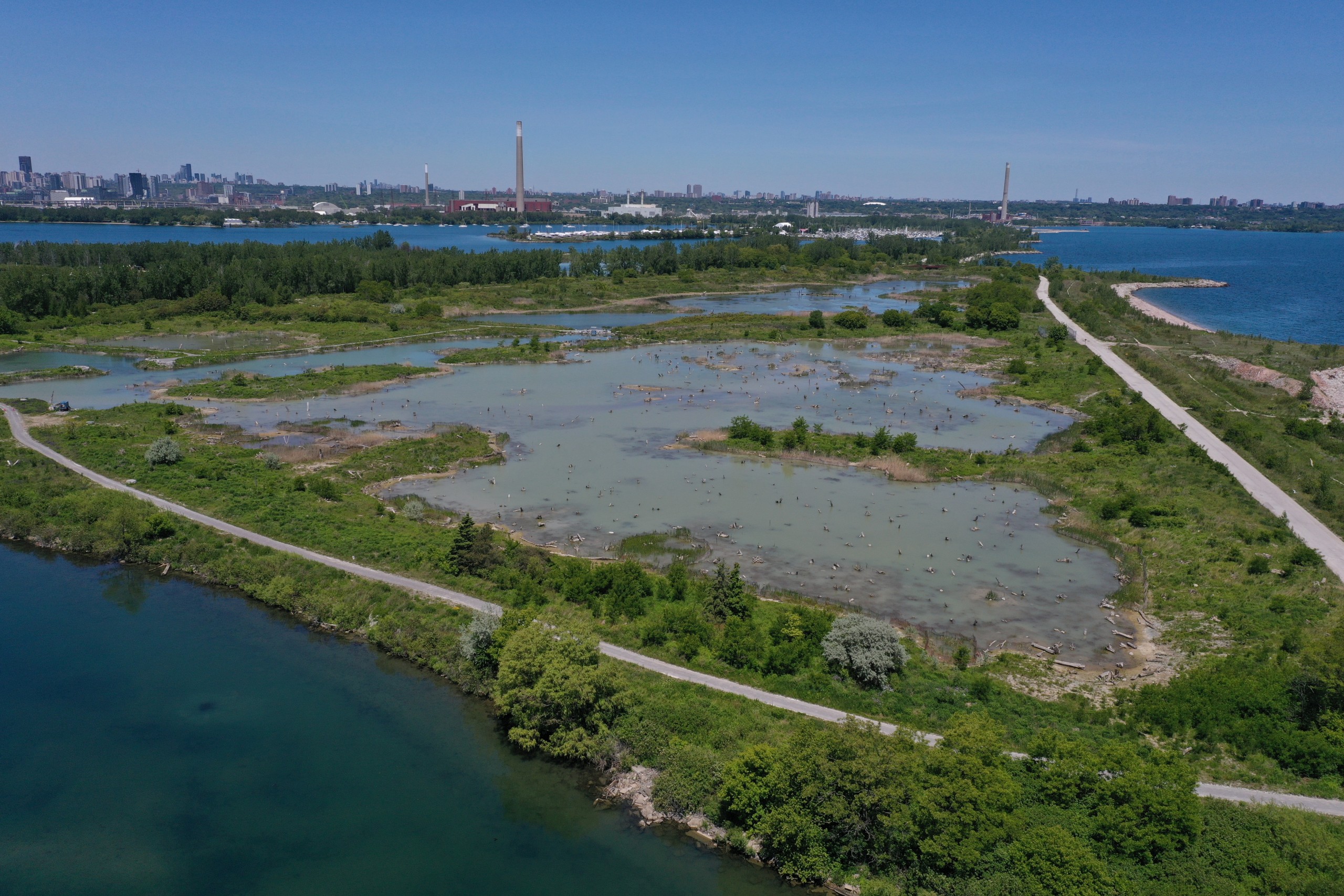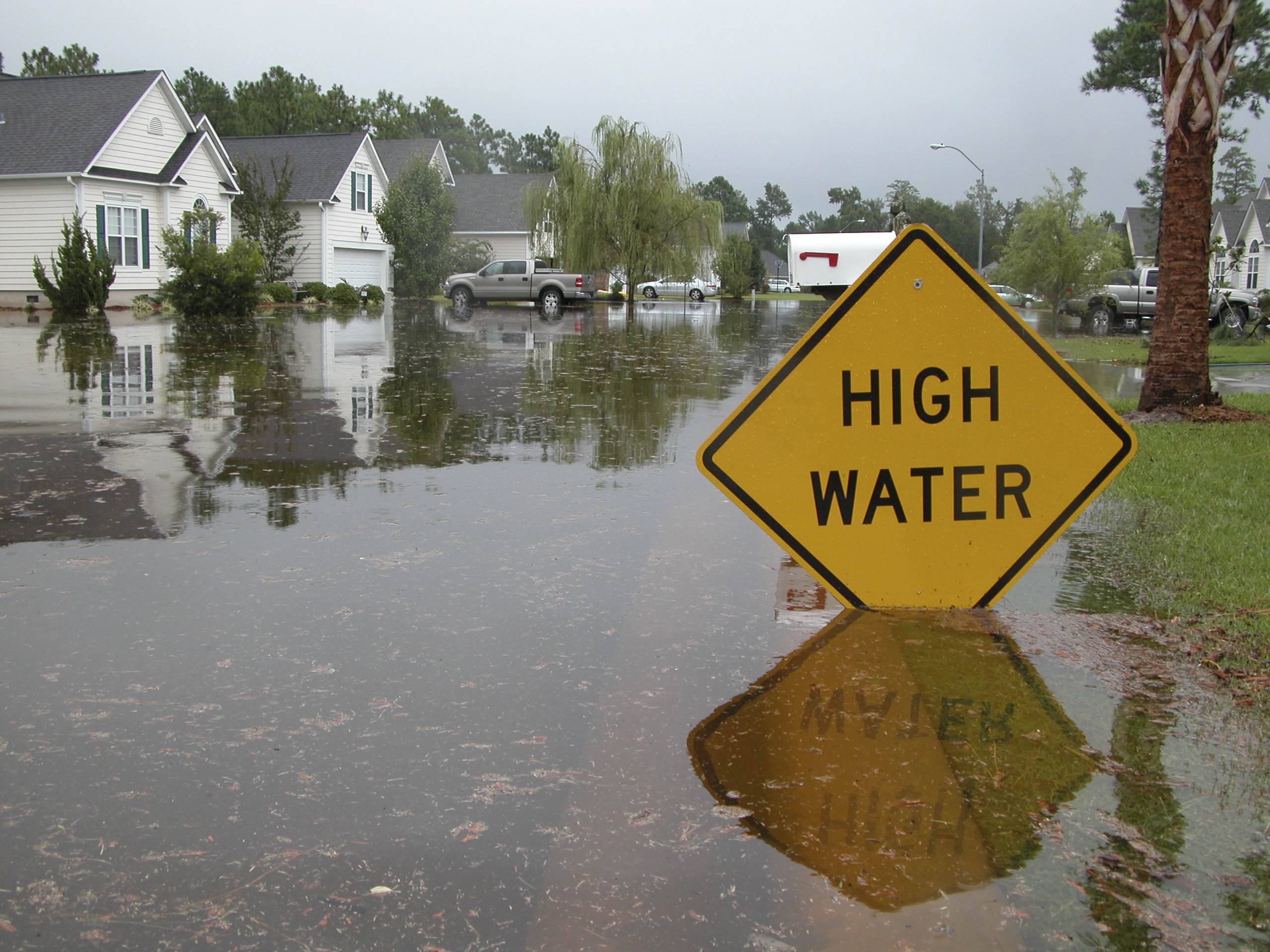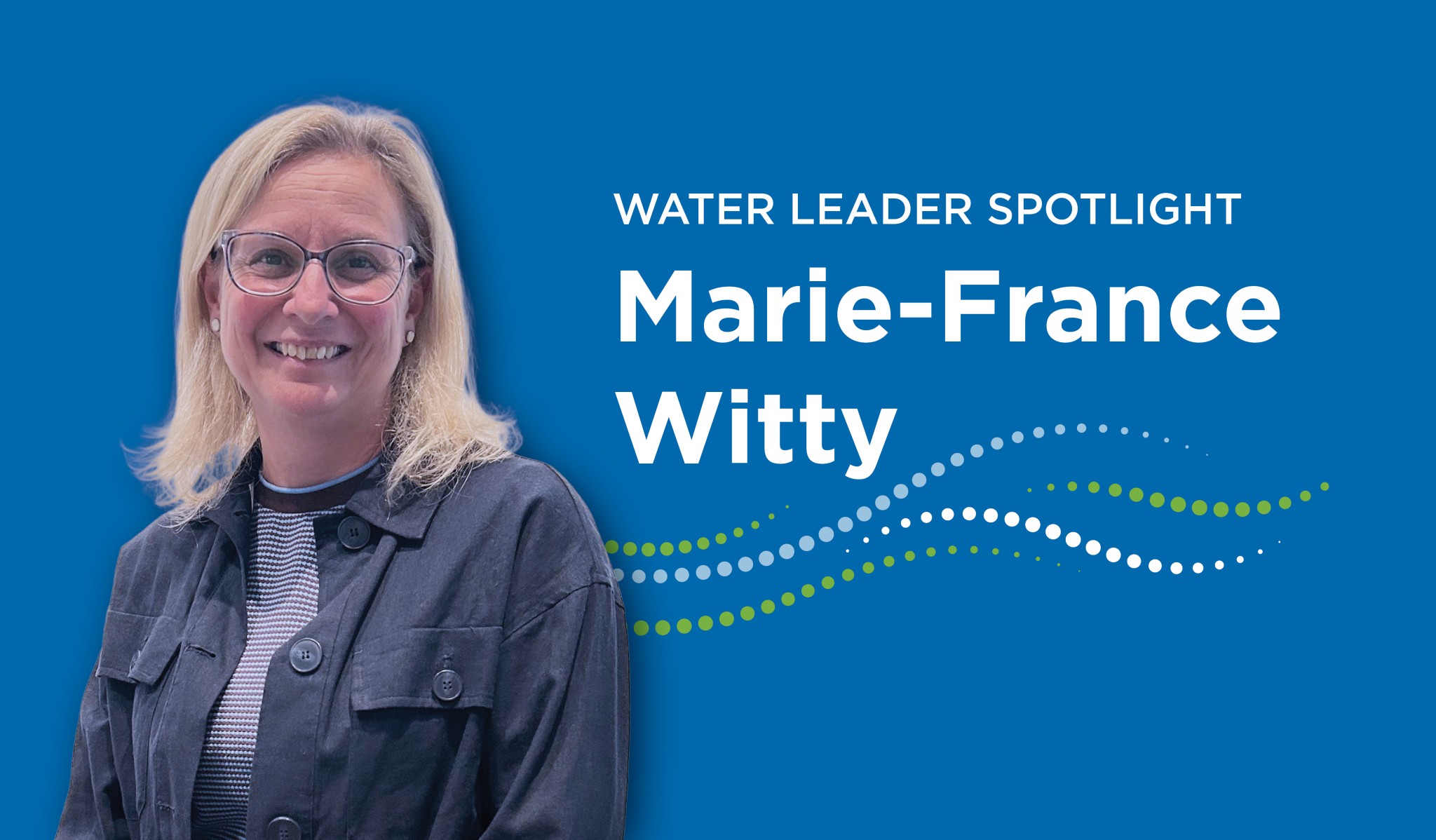Welcome to our case studies hub. Discover how Canadian water and wastewater utilities are moving forward in various areas, such as advancing service levels and full cost recovery. These case studies are being distributed to support knowledge sharing and guide other utilities in their journey toward excellence.
City of Calgary's approach to advancing levels of service
Key insights
- Today’s customers want to know more about their water. This includes a greater understanding of water rates, stormwater management, water quality, flooding and other issues.
- Integrating customers’ voice into areas such as performance measures, service expectations and service delivery can help identify how utility services either meet, exceed or fall below expectations.
- Understanding a customer’s perception of service and their expectations will improve the ability to provide meaningful levels of service that resonate for the customer.
- Using the customer lens to develop service levels helps balance assets, financials, operations and customer expectations.
- Integrating the needs and expectations of the customer into the business culture is a critical action that can yield considerable co-benefits, including developing trust in the utility, underscoring value for money, and building a greater understanding of customer perception of services.

City of Regina's evolution from short-term to long-term financial sustainability
Key insights
- Utility modelling and planning for long-term financial sustainability is an iterative, collaborative process that requires continual reviews and improvements.
- The capital investment planning (CIP) process and multi-criteria prioritization tool, as well as Master Plans, have helped the City of Regina to improve its approach to assessing needs and projecting costs. This allows the city to sustain levels of service for the community and stabilize rates.
- As a result of the improvements made in capital planning, administration is better equipped to make the case for the capital investment plan and to prepare for the potential impacts of changes to the plan if funding is reduced. Council also has an improved understanding of the utility financial forecast as a result.
- Water affordability programs support low-income households with senior citizens or people living with disabilities. They do this by applying rebates to water bills and providing vouchers to purchase water efficiency audits and high-efficiency water fixtures.

EPCOR's journey to becoming a net zero utility
Key insights
- EPCOR is actively working towards net-zero operations in response to increasing public and regulatory pressure to address climate change while promoting sustainability.
- Water utilities are facing the challenge of balancing emissions reductions with maintaining high-quality, affordable services in rapidly growing communities.
- EPCOR has significantly invested in renewable energy projects with solar and wind farms to accelerate progress towards net-zero emissions.
- The integration of advanced systems such as the battery energy storage system (BESS) and distributed energy resource management system (DERMS) is crucial for optimizing energy use.

EPCOR’s road to becoming a net zero utility
Restoring Tommy Thompson Park in Toronto
Key insights
- Tommy Thompson Park was formed after the abandonment of the initial plan to create Confined Disposal Facilities (CDFs), giving way for the naturalization of the site to create an ‘accidental wilderness.’
- Toronto and Region Conservation Authority (TRCA) was tasked with restoring the site, which was created by natural succession to remove the contaminated materials from dredging and improve drinking water quality.
- Using technical lessons learned in Cell 1 and research on the biological and coastal processes of Lake Ontario, TRCA was able to restore Tommy Thompson Park. This led to multiple co-benefits.
- The lessons learned from the restoration of Tommy Thompson Park include designing with human use in mind, the importance of collaboration, connecting underwater to above-water realms, and utilizing adaptive cycles in undertaking restoration projects.

York Region’s roadmap toward achieving full cost recovery
Key insights
- Annual rate increases above the rate of inflation are sometimes necessary to help municipalities close gaps in asset management funding and manage debt. It is also important to understand local affordability limits and consider how rate increases may impact residents with low income.
- External stakeholder engagement with local cities, towns and users is key to understanding attitudes and opinions on water and wastewater rates. Communication about why rates are increasing is important to gain support for financial plans.
- Cross-departmental collaboration is essential for developing a financial model and completing the internal analysis. Cross-departmental collaboration is also important to establish accountability, consistency and oversight over the financial model.
- A user rate financial model can be used to determine annual rates by combining the full costs with projected water consumption. The model should be updated annually and reviewed to monitor progress on financial targets.

Using better data to identify climate change-related infrastructure vulnerabilities
In 2017, Public Sector Digest (PSD), Canadian Water Network (CWN), and the Canadian Water and Wastewater Association (CWWA) completed a national study of municipal asset management, focusing on how data is being used to inform decision-making on water, wastewater, and stormwater infrastructure. Surveyed municipalities and utilities identified a specific gap that exists in their infrastructure datasets. Respondents indicated that data pertaining to the impacts of climate change is either absent or not well integrated into local infrastructure decision-making. In response to the increasing severity and frequency of climatic events in Canada, along with recent studies confirming the predicted future impacts of climate change on our communities, local leaders are searching for a way to engage in climate change adaptation.
In response, PSD, in partnership with CWN, CWWA, and the Federation of Canadian Municipalities (FCM), has compiled five case studies of Canadian municipalities and utilities who are incorporating climate change considerations into their asset data collection, analysis, and decision-making. Each case study highlights the types of data that are necessary to assess vulnerabilities to critical risks posed by climate change, and how these datasets are collected and analyzed by municipalities to inform decision-making on risk reduction and adaptation for municipal water systems.













